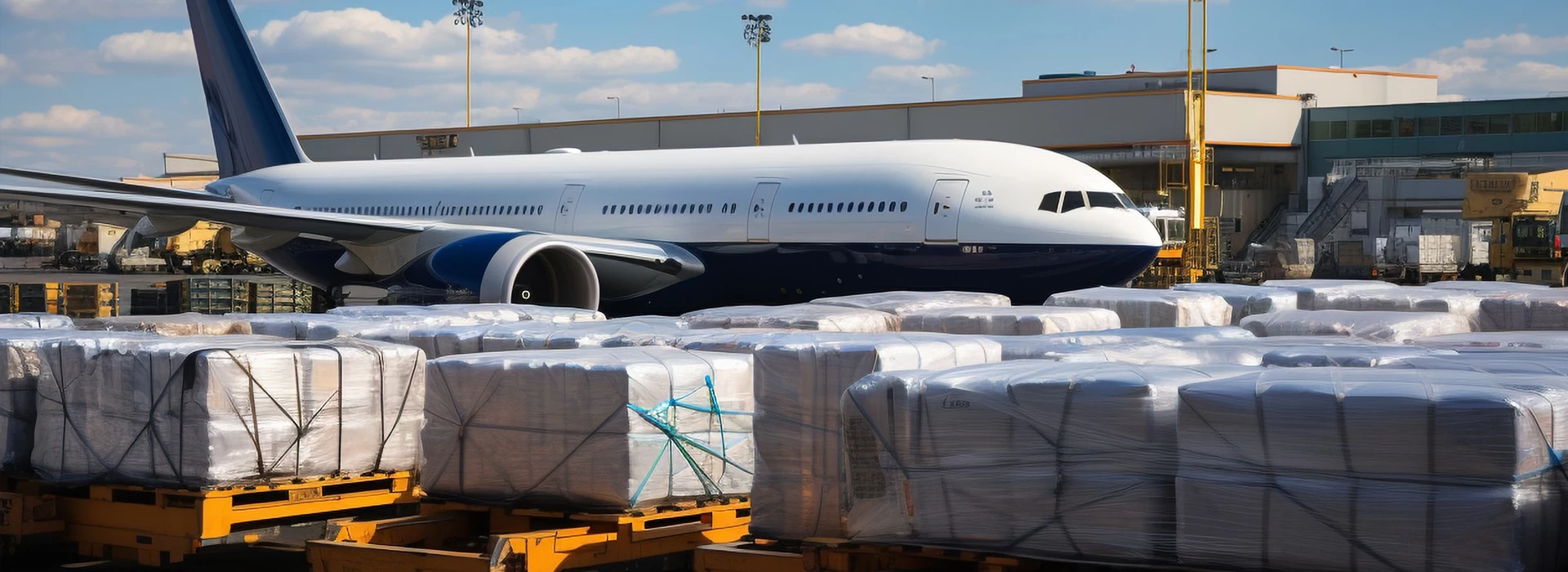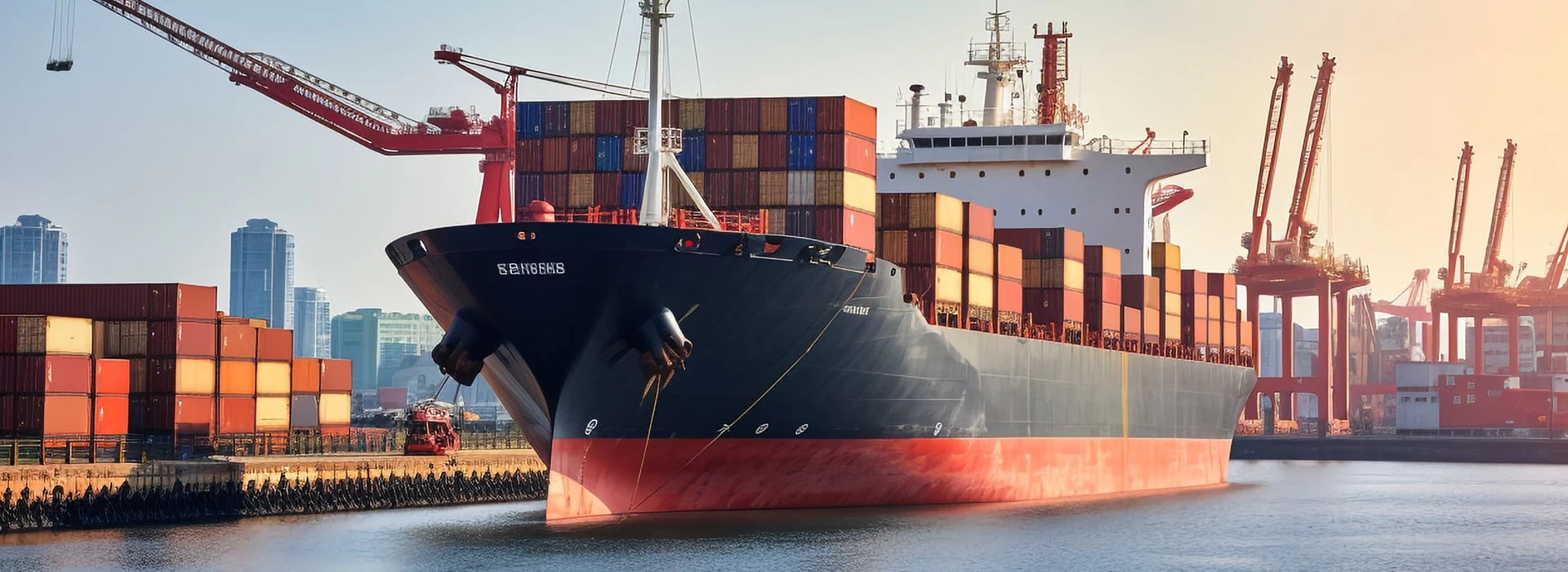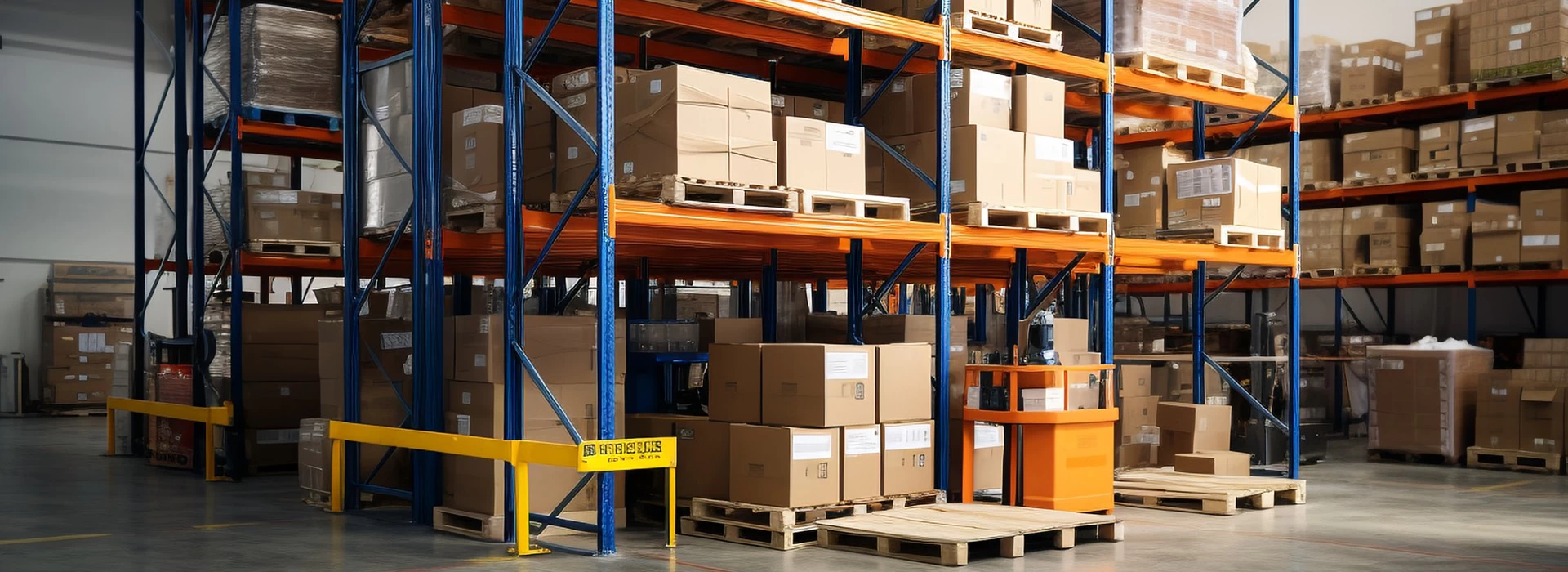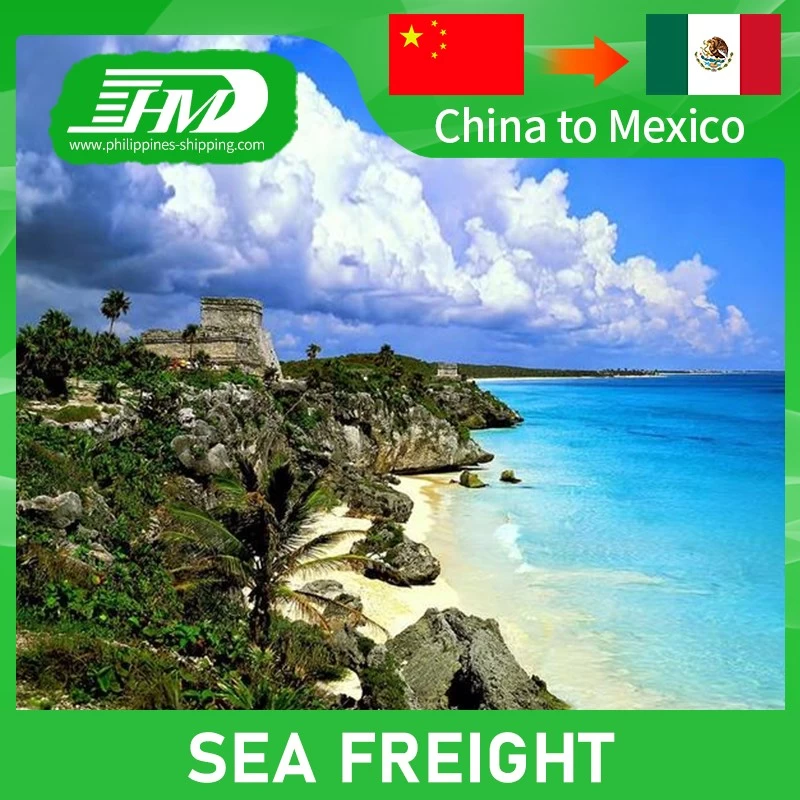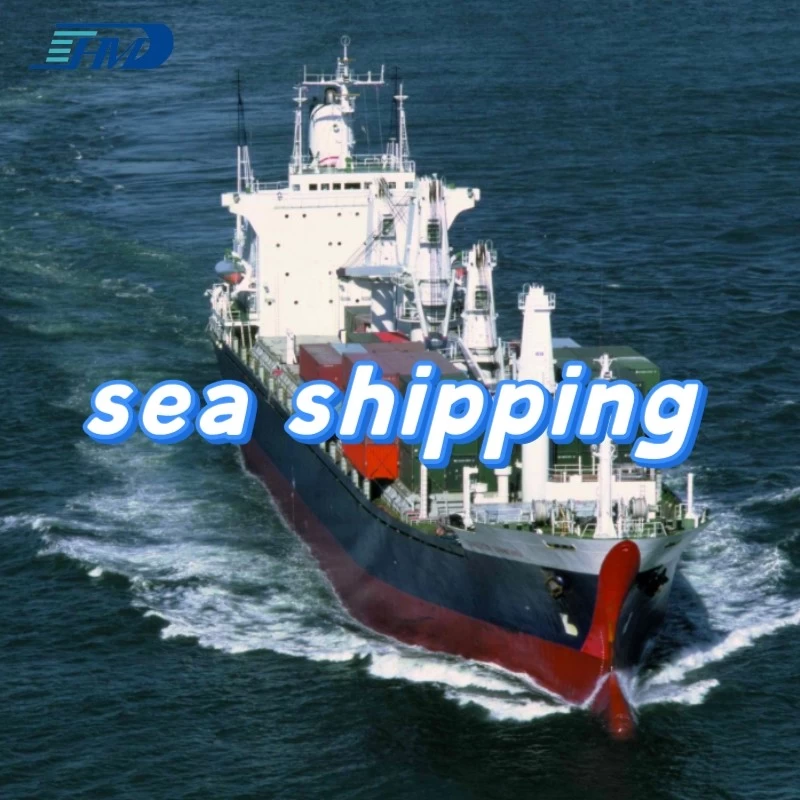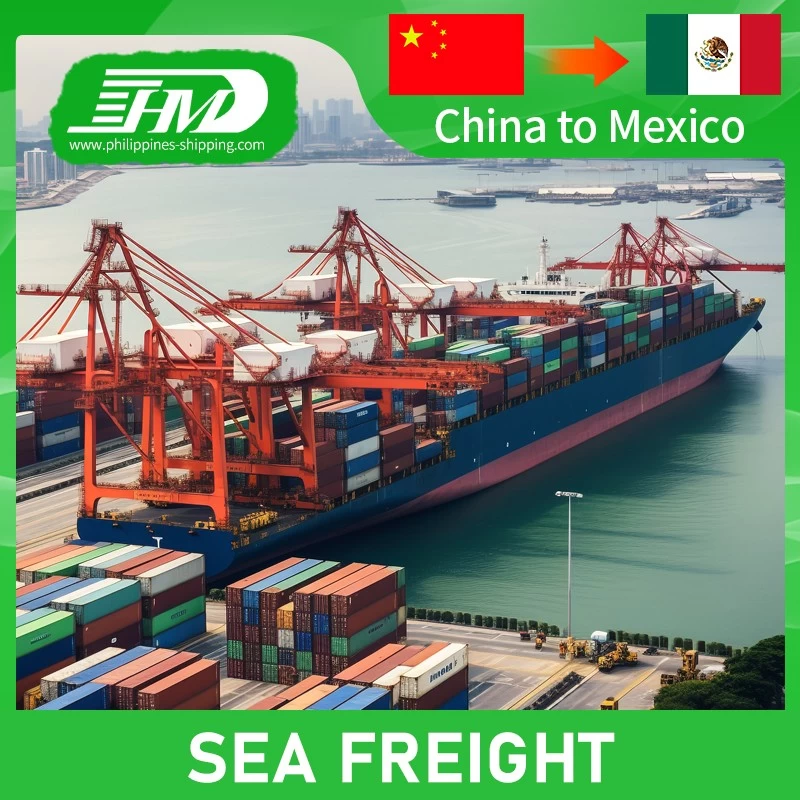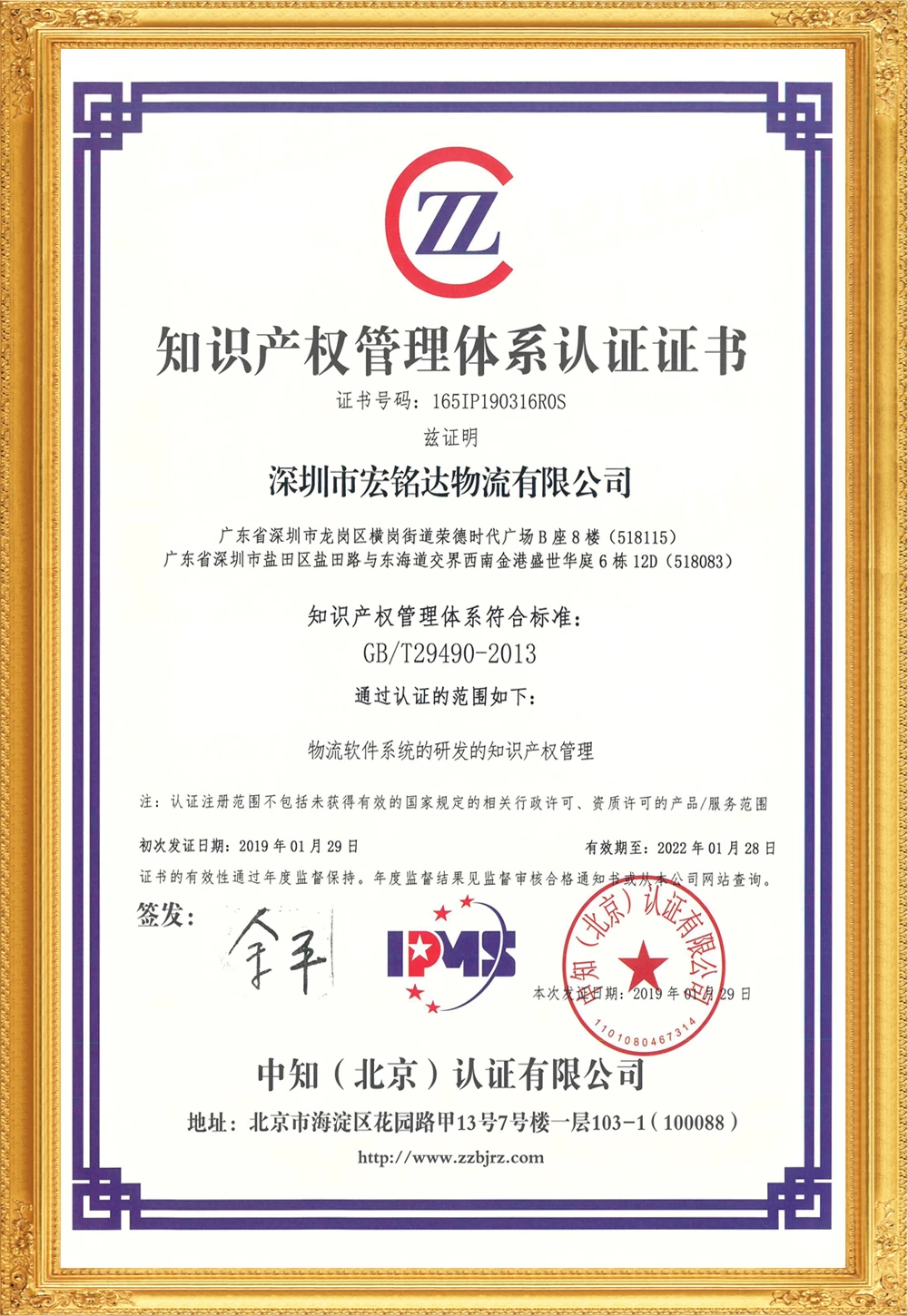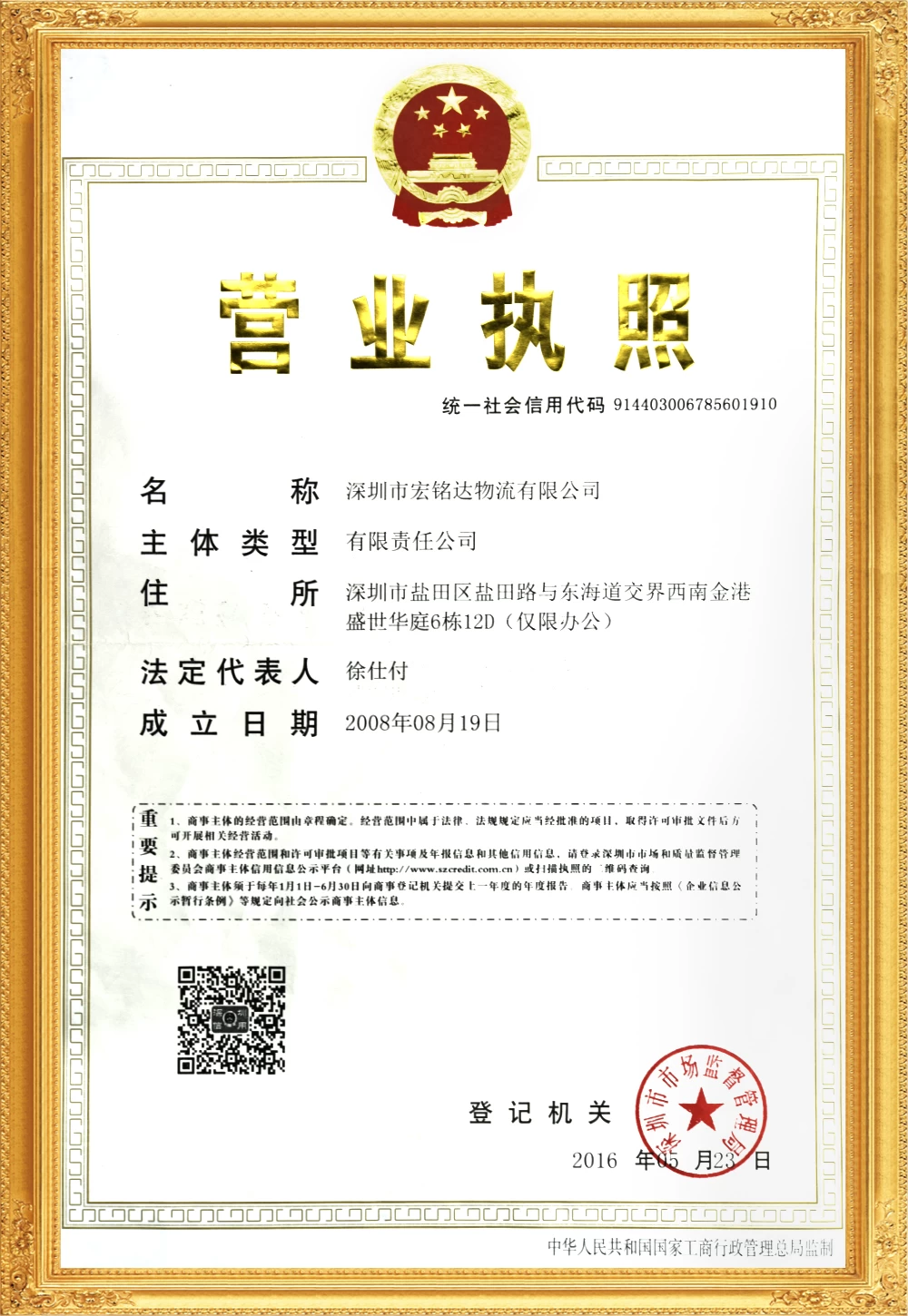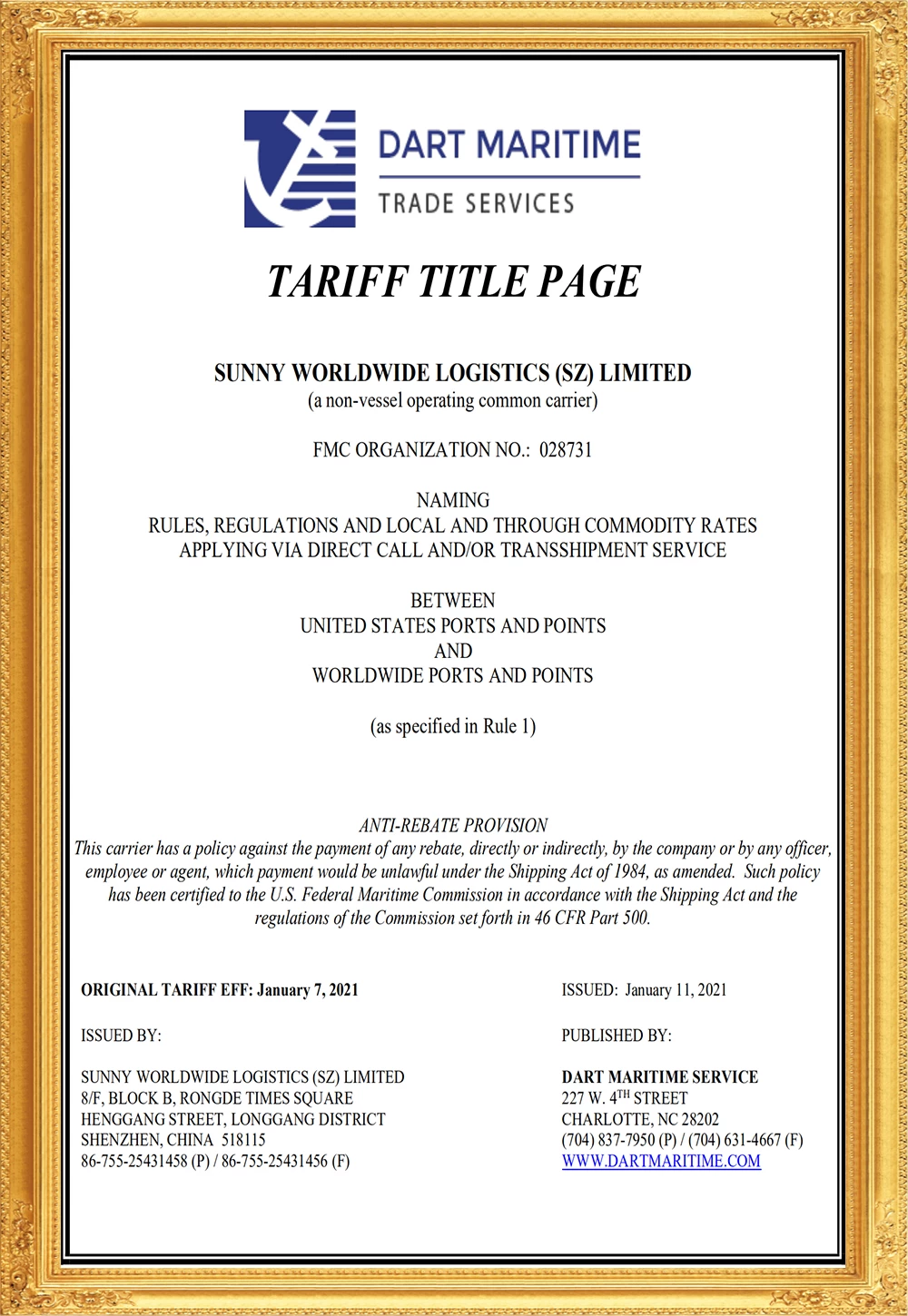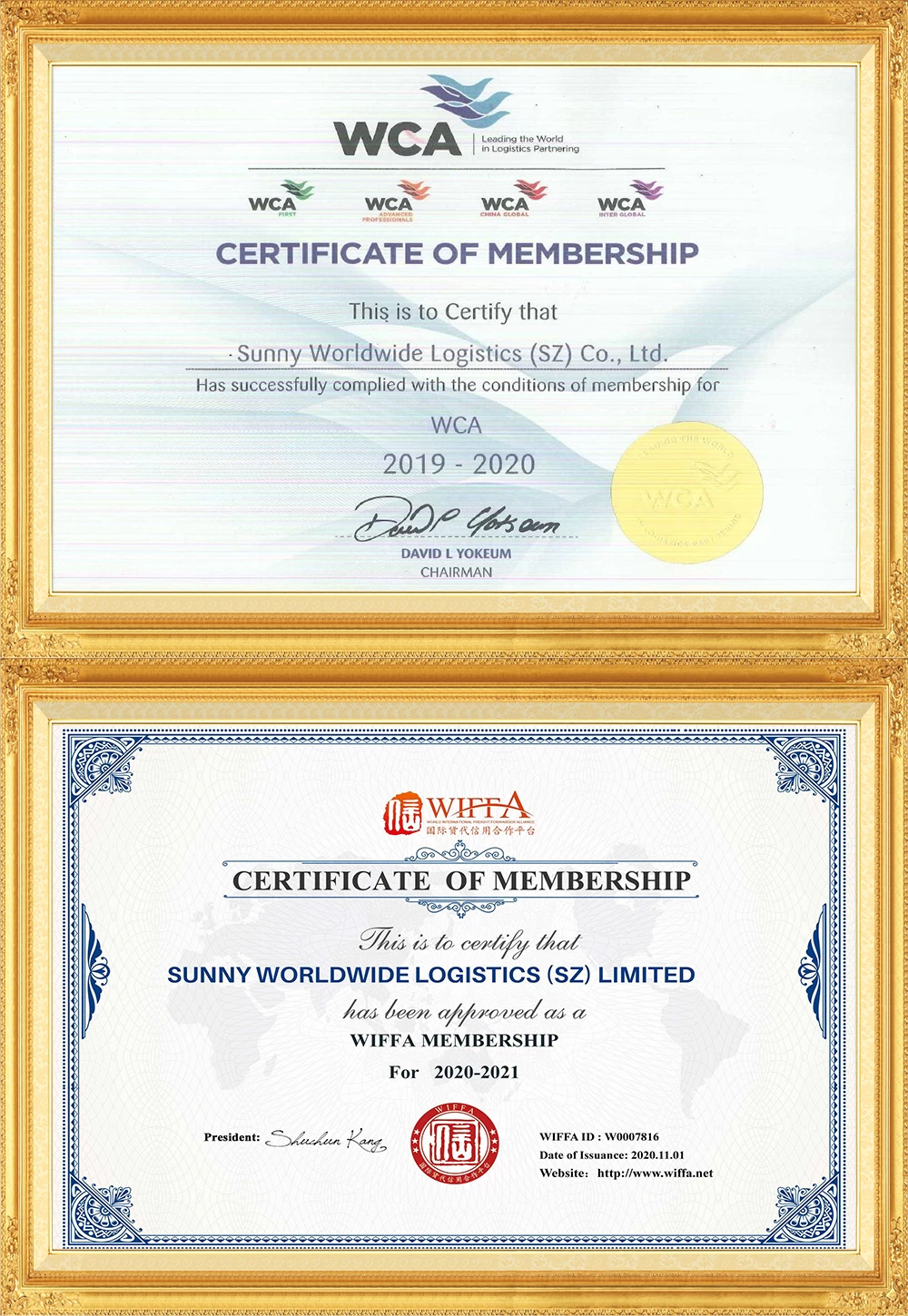Panama Canal Restrictions! Daily ship traffic reduced again from November! Dozens of ships waiting to pass...
The Panama Canal will further reduce ship traffic in the coming months due to a severe drought, the canal's administration said on Oct. 30 local time, Reuters reported. The existing restrictions have already led to long delays, with dozens of ships waiting to pass through the canal.
In an announcement on the evening of October 30, the Panama Canal Authority (ACP) reportedly said that starting November 3, the number of slots available for passage through the Panama Canal will be reduced from 31 per day to 25 per day, and will be gradually reduced over the next three months, with a reduction to 18 slots per day scheduled for February 2024, according to the report.
The existing restrictions have led to long delays, with dozens of ships waiting to pass through the canal.
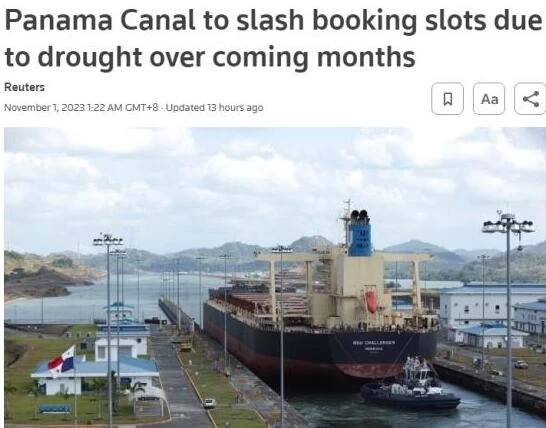
The Panama Canal, located in Central America, connects the two major waterways of the Atlantic and Pacific Oceans, making it one of the world's most important shipping lanes.
In recent months, the ACP has implemented a variety of passage restrictions to protect scarce water resources, the report said. The Canal Authority previously announced that it was adopting vessel traffic restrictions from July 30 due to the ongoing drought, but did not specify an end date for the restrictions.
ACP said that the water level of Lake Gatun, Panama's man-made lake and the main local reservoir for storing rain, has fallen to an unprecedented low in 2023.

ACP says that the precipitation recorded in October 2023 was the lowest since records began in 1950 (41% below 1950) and that 2023 was also the second driest year since 1950.
El Niño, along with excessively warm tropical ocean water in the east-central Pacific Ocean, reportedly contributed to the drought in the Panama Canal.
An analysis by the U.S. Energy Information Administration highlights that delays in access to the Panama Canal have reduced the number of ships available globally, which in turn has raised ship freight rates elsewhere. This will further increase transportation costs.



